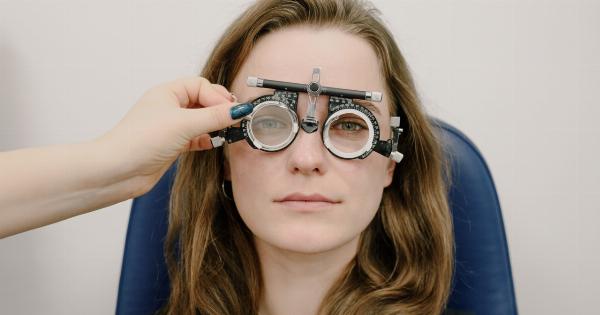In the field of medicine, mistakes can have life-altering consequences. Even the minutest oversight can lead to tragic outcomes, highlighting the need for utmost precision and diligence.
However, there have been instances where the unthinkable has occurred – wrong person undergoing heart surgery. This egregious error is not only devastating for the affected individual but also raises serious concerns about the healthcare system’s ability to prevent such dire mistakes.
The Case: A Surgical Mishap
One fateful day at a renowned hospital, an uncommon chain of events unfolded, leading to an unimaginable medical error.
David Johnson, a 45-year-old man seeking cardiac treatment, was wrongly selected for a high-risk heart surgery originally intended for another patient, Aaron Davis. The error occurred due to a mix-up in identification labels and a lapse in communication between the hospital staff. Despite strict protocols in place, the system failed, and David found himself under the knife for a surgery he did not require.
Implications of the Error
The repercussions of such a monumental error are profound and far-reaching. From a physical standpoint, David Johnson endured unnecessary trauma to his body, with potential complications arising from an unnecessary surgical procedure.
Moreover, the operation caused a delay in Aaron Davis’s cardiac treatment, jeopardizing his life and exacerbating his condition. The emotional toll on both patients and their families cannot be underestimated, as they grappled with the shock, confusion, and anger of this catastrophic error.
Anatomy of a Catastrophe
This tragic incident begs the question – how does such a grave error occur in a healthcare setting? Examining the sequence of events leading to this abhorrent mistake, several key factors come to light:.
1. Labeling and Identification Errors
Labeling and identification errors are often at the root of patient mix-ups.
In this case, the incorrect labels led to the hospital staff mistakenly associating David Johnson with Aaron Davis’s medical records, ultimately resulting in the wrong person undergoing surgery.
2. Communication Breakdown
The breakdown in communication between the various healthcare professionals involved compounded the error.
Doctors, nurses, and support staff failed to cross-verify and confirm critical patient information, leading to erroneous assumptions and decisions.
3. Lack of Redundancy Measures
Redundancy measures act as safeguards in healthcare settings, reducing the likelihood of errors.
In this instance, the absence of redundant checks to ensure patient identity verification created a vulnerable environment where mistakes had disastrous consequences.
4. Inadequate Staff Training
Training plays a pivotal role in avoiding medical errors. Insufficient training or lack of awareness regarding protocols can result in staff members unknowingly overlooking crucial steps or neglecting established procedures.
5. Workforce Fatigue and Burnout
Healthcare professionals often work long hours under immense pressure, leading to fatigue and burnout. In such conditions, the risk of errors increases substantially, as mental and physical exhaustion can impede judgment and attention to detail.
Seeking Accountability and Reform
Instances like these expose critical weaknesses within the healthcare system and demonstrate the need for urgent reforms.
It is vital to hold individuals accountable for their negligence and address the underlying issues that contributed to this devastating mistake.
Furthermore, stringent protocols should be implemented to prevent future patient identification errors. These may include barcode scanning systems, biometric identification measures, and clear policies for labeling procedures.
Additionally, hospitals must prioritize effective communication channels amongst healthcare professionals and emphasize the importance of double-checking critical information before proceeding with any medical intervention.
Recognizing the toll that fatigue and burnout can have on medical professionals is equally crucial.
Implementing adequate rest periods, managing workloads, and providing necessary support systems can significantly reduce the risk of errors caused by exhaustion.
Restoring Trust and Continuity of Care
Medical errors such as this erode the trust patients place in healthcare institutions. Building trust requires acknowledging the mistake, promptly communicating with the affected parties, and implementing changes to prevent future occurrences.
Open and transparent dialogue allows patients and their families to have a clear understanding of the steps being taken to rectify the situation and prevent similar errors in the future.
Moreover, it is critical to ensure continuity of care for both David Johnson and Aaron Davis. David must receive appropriate medical attention to address any complications resulting from the surgery he underwent.
Simultaneously, Aaron’s treatment must be expedited to mitigate any harm caused by the delay. Comprehensive psychological support should be provided to all those affected, considering the emotional trauma they have endured.
Conclusion
The occurrence of a tragic error where the wrong person undergoes heart surgery shakes the foundations of trust and faith in the healthcare system.
It exposes gaps in patient identification protocols, communication procedures, and staff training, necessitating immediate action and reform. By proactively addressing these issues, healthcare institutions can move towards a system that prioritizes patient safety, minimizes human errors, and ultimately ensures the well-being of those seeking medical treatment.






























